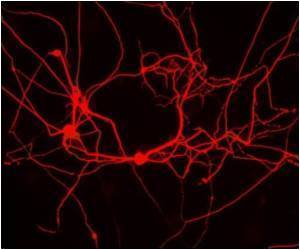Single MicroRNA Regulates Motor Activity
New research shows that microRNA-128 is one of the strongest regulators of nerve cell excitability and motor activity, and that it does so by adjusting an entire neuronal signaling pathway.

The study took place at the Icahn School of Medicine at Mount Sinai. Published online Dec. 6 in the journal Science, the preclinical study suggests that developing new drugs for treatment-refractory epilepsy that target the microRNA signaling pathway might prove beneficial for patients with severe epilepsy, including the epilepsy of infancy. MicroRNAs are non-coding RNAs that regulate the translation or degradation of messenger RNA, the essential building blocks for proteins in the cell.
Anne Schaefer, MD, PhD, Assistant Professor, Seaver Fellow, and recipient of the NIH Director's New Innovator Award 2012 Friedman Brain Institute, Departments of Neuroscience and Psychiatry, at the Icahn School of Medicine at Mount Sinai, and the study's senior author, said that the findings are extremely compelling. "This is the first time that it has been shown that a single microRNA could control complex functions in the adult brain." The investigators revealed that the expression of a single microRNA, microRNA-128, defined motor activity and exploration in mice. When miR-128 expression was reduced in adult neurons, it led to a dose-dependent increase in motor activity and fatal epilepsy. Overexpression of the miRNA lessens neuronal responsiveness and seizure susceptibility, reduces motor activity, and reduces motor difficulties associated with Parkinson's like disease.
Mount Sinai Innovation Partners is managing the intellectual property for the use of microRNA-128 as a potential treatment for severe and treatment-refractory epilepsy and exploring commercial opportunities for this technology.
Source: Eurekalert